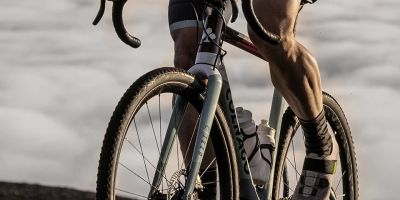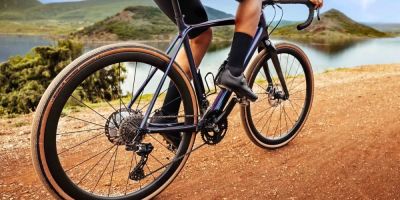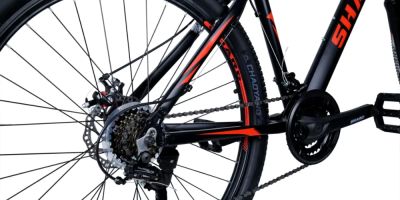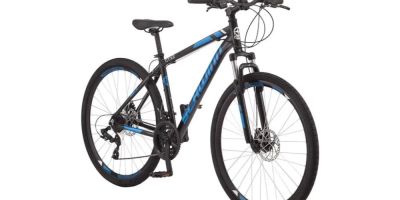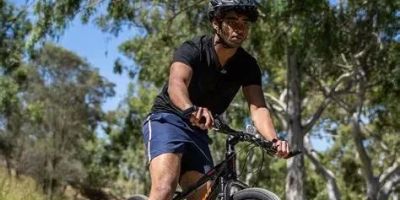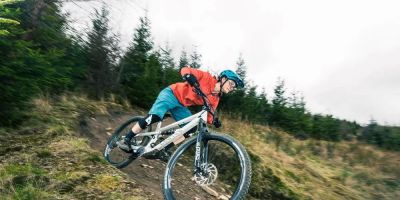Mastering Mountain Biking: My Guide to Training for Races
1. Understanding the Challenge of Mountain Biking Races
When I first got into mountain biking, the thought of racing seemed like a distant dream. But as I got more comfortable on the trails, I started to imagine myself pushing the limits in competitive events. The more I learned, the more I realized that mountain biking races aren’t just about speed; they require a combination of endurance, technical skills, and mental toughness.
For anyone considering racing, it's essential to understand the unique challenge that mountain biking presents compared to road racing or casual trail riding. You'll be facing a variety of terrains—from steep climbs to rocky descents. Plus, you'll need to quickly adapt to sudden changes, such as muddy patches or obstacles like roots and rocks. Preparing for such an event involves not just physical fitness, but also the ability to read the trail and stay focused under pressure.
2. Building a Solid Foundation: Cycling Fitness
The foundation of mountain biking race preparation is fitness. Endurance is key, but strength and power are equally important. Over the months leading up to race day, I focused on building my aerobic capacity through long, steady rides. These rides helped improve my endurance and allowed me to build a stronger cardiovascular system.
In addition to long rides, I made sure to incorporate high-intensity interval training (HIIT) into my routine. This helped simulate the intense bursts of power needed for climbing hills and charging through technical sections. These sessions involved short, hard efforts followed by periods of rest, and they dramatically improved my ability to push through during the race.
2.1 Strength Training
Strength training is another crucial element. I spent time working on my legs, core, and upper body to build a balanced body that could handle the demands of mountain biking. Exercises like squats, lunges, planks, and deadlifts helped me build the strength required for tackling steep climbs and maintaining stability on rough terrain.
3. Developing Technical Skills: Mastering the Trail
Unlike road biking, where the focus is mainly on speed and endurance, mountain biking races require a high level of technical skill. It's not just about pedaling as fast as you can; it's about being able to navigate obstacles, descend safely, and power through challenging terrain.
One of the most valuable skills I worked on was my cornering. Mountain biking often involves sharp turns, and the ability to take them at high speed without losing control is essential. I spent a lot of time practicing on different types of corners—berms, switchbacks, and flat turns—working on my body position and learning to trust my bike.
3.1 Handling Technical Descents
Descents are another area where technical skills make a huge difference. On my training rides, I practiced descending on various surfaces—loose gravel, rocks, and roots—getting comfortable with braking and body position. As I progressed, I felt more confident navigating these sections at race pace, which proved to be crucial during my races.
4. Nutrition: Fueling for Peak Performance
Training for a mountain biking race isn't just about how much you ride—it's also about what you fuel your body with. Proper nutrition helps to keep your energy levels high and ensures your muscles recover after tough rides. Throughout my training, I focused on eating a balanced diet rich in carbohydrates, proteins, and healthy fats to fuel my body for long rides.
Before a big training session, I made sure to eat a meal that provided long-lasting energy, like whole grains and lean proteins. During rides, I always carried energy gels and hydration tablets to keep my energy levels stable. After rides, I prioritized recovery with a combination of protein and carbs to help my muscles repair and grow stronger.
4.1 Hydration
Staying hydrated during long rides and races is critical. I learned the hard way how important it is to drink regularly, even if you're not feeling thirsty. Dehydration can quickly sap your strength and hinder your performance. I always made sure to drink water and electrolytes, especially on hot days or during particularly intense sections of the ride.
5. Mental Toughness: Preparing for Race Day
Racing is as much a mental challenge as it is a physical one. I’ve had my share of moments where fatigue set in, and I wanted to give up. But mountain biking races demand mental resilience. During my training, I worked on building my mental toughness through visualization and race simulation.
Visualization involves imagining myself riding the course, overcoming obstacles, and pushing through the tough spots. I would picture myself feeling strong and confident as I conquered each section. On race day, this technique helped me stay focused and calm under pressure.
5.1 Race Simulation
Race simulation is another effective mental tool. I would replicate race conditions by doing timed efforts on a loop that resembled the actual race course. This helped me get used to pacing, managing fatigue, and staying focused for long periods. It also made me more comfortable with the adrenaline and nerves that come with race day.
6. The Week Before the Race: Tapering and Preparing
In the final week before a race, I focused on tapering. This means reducing the intensity and duration of my rides to ensure my body was well-rested and primed for the race. I made sure to get enough sleep, eat well, and keep my stress levels low. I also spent time mentally preparing, visualizing the course, and reviewing my gear to ensure everything was ready.
On race day, I felt confident and prepared. I knew that all the hard work I had put in over the months would pay off. During the race, I stayed focused on my technique and pacing, remembering to enjoy the experience of competing and pushing myself to the limit.
7. Find the Right Gear: The Importance of Equipment
Finally, one of the most important aspects of training for a mountain biking race is having the right gear. Over the course of my training, I learned that the right bike, helmet, shoes, and other accessories make a huge difference in performance and comfort.
For my race bike, I chose a high-performance mountain bike that offered a good balance between weight and suspension. I also made sure to invest in quality tires with good grip, as the terrain can be unpredictable. Having a reliable bike meant that I didn’t have to worry about mechanical issues during the race, allowing me to focus on my performance.
If you’re looking for the right gear for your next race, I highly recommend checking out Healthy Cycling, where you'll find top-of-the-line bikes, accessories, and expert advice to ensure you’re fully prepared for race day.

